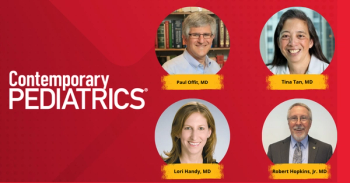
A new key to unlocking SIDS
Infants who die suddenly and unexpectedly, in what are considered to be safe and unsafe sleeping situations, have something in common-an underlying brainstem abnormality, according to recent research.
Infants who die suddenly and unexpectedly, in what are considered to be safe and unsafe sleeping situations, have something in common-an underlying brainstem abnormality, according to recent
The findings seem to indicate that some babies are physiologically more prone to asphyxia during sleep regardless of their sleeping situation.
Investigators from leading institutions in South Dakota, Massachusetts, and California studied 71 infants. The infants died presumably from Sudden Infant Death Syndrome (SIDS) in either potentially asphyxia-causing sleep conditions or in non–asphyxia-prone conditions, or from other causes entirely.
The researchers found that regardless of their sleeping situations, the babies who presumably died from SIDS had neurochemical brainstem abnormalities when they were compared with infants who died of known causes. These abnormalities affect the medullary homeostatic serotonin network involved in protective respiratory and autonomic responses to asphyxia.
The researchers surmise that because the differences have to do with areas of the brain that control breathing, heart rate, blood pressure, and temperature regulation during sleep, that the abnormalities contribute to a baby not waking when it rebreathes too much carbon dioxide or overheats during sleep. This may explain why sleeping babies face down, with pillows or puffy bedding, or with another person all seem to be associated with a greater incidence of SIDS.
An
The researchers emphasize that until we have a way to determine which children have this brainstem abnormality, safe sleep practices remain imperative.
To get weekly clinical advice for today's pediatrician,
Newsletter
Access practical, evidence-based guidance to support better care for our youngest patients. Join our email list for the latest clinical updates.







